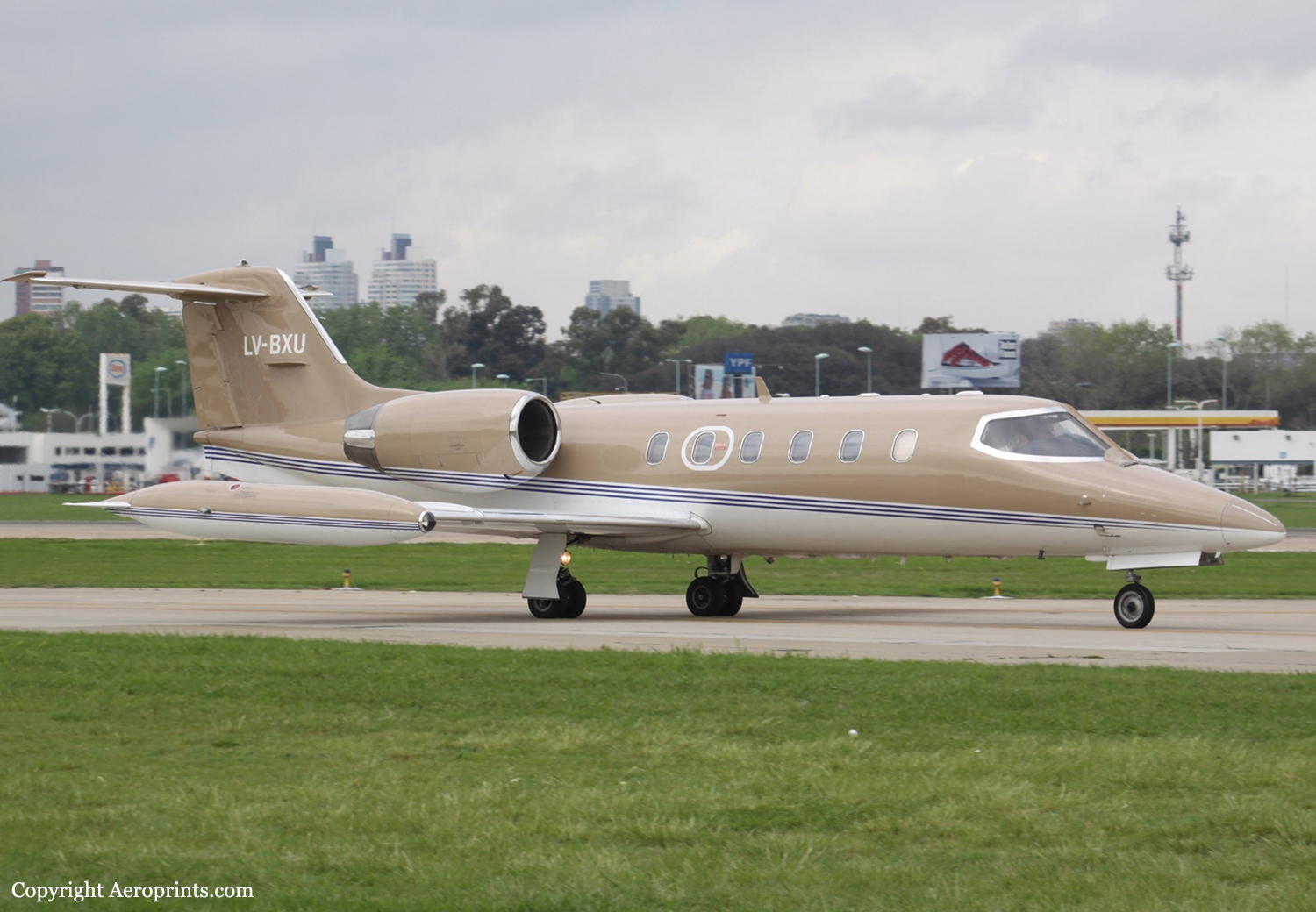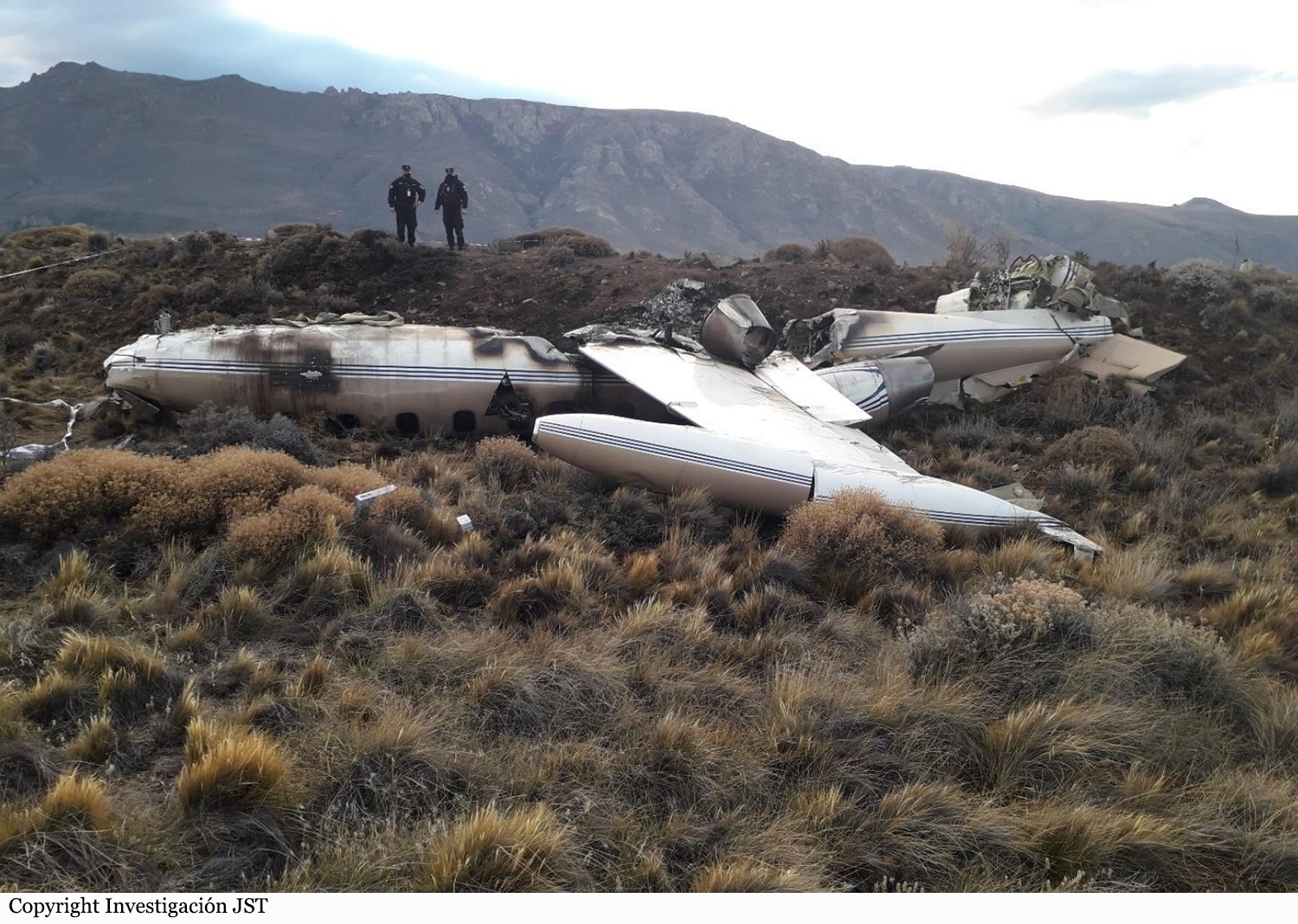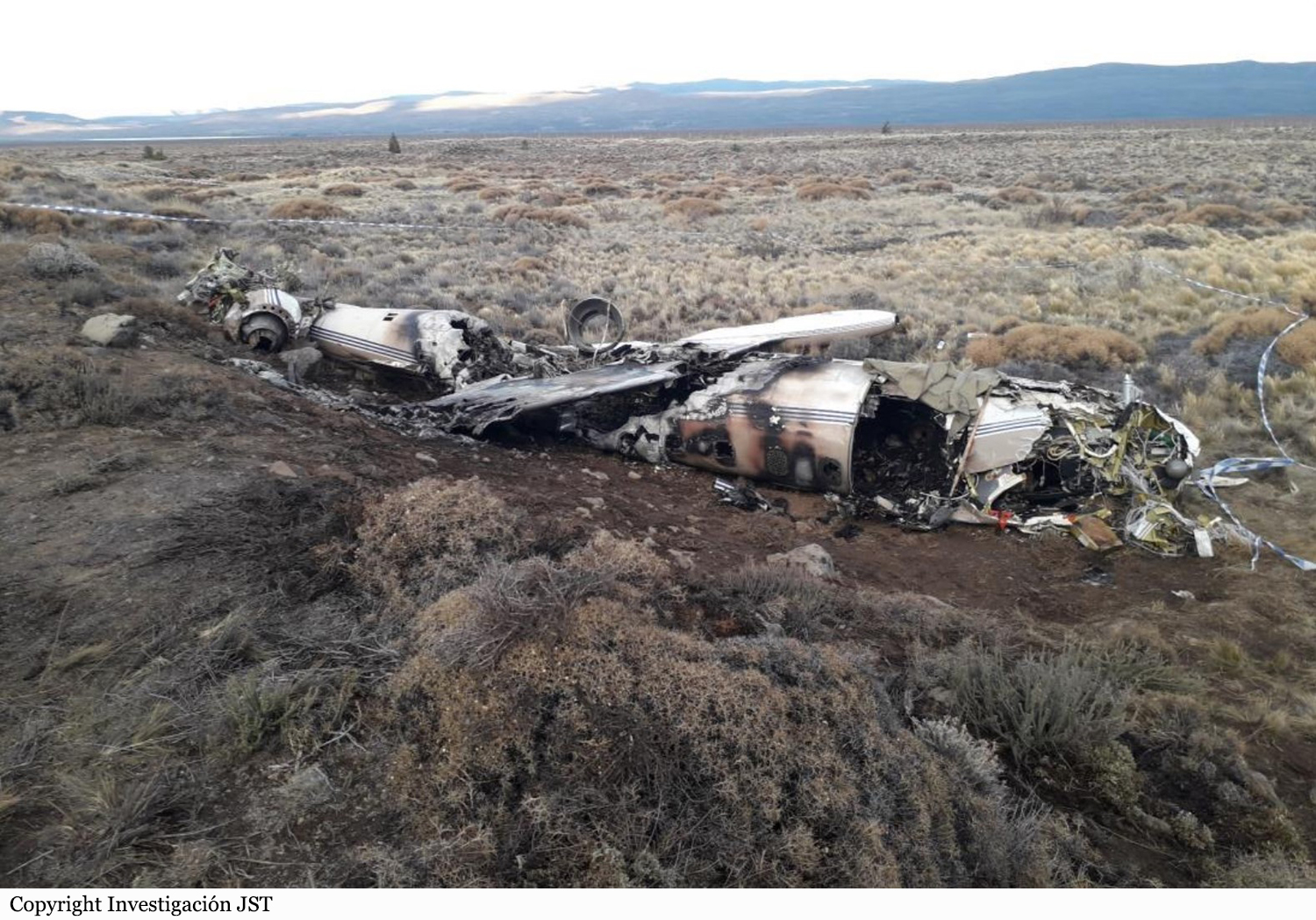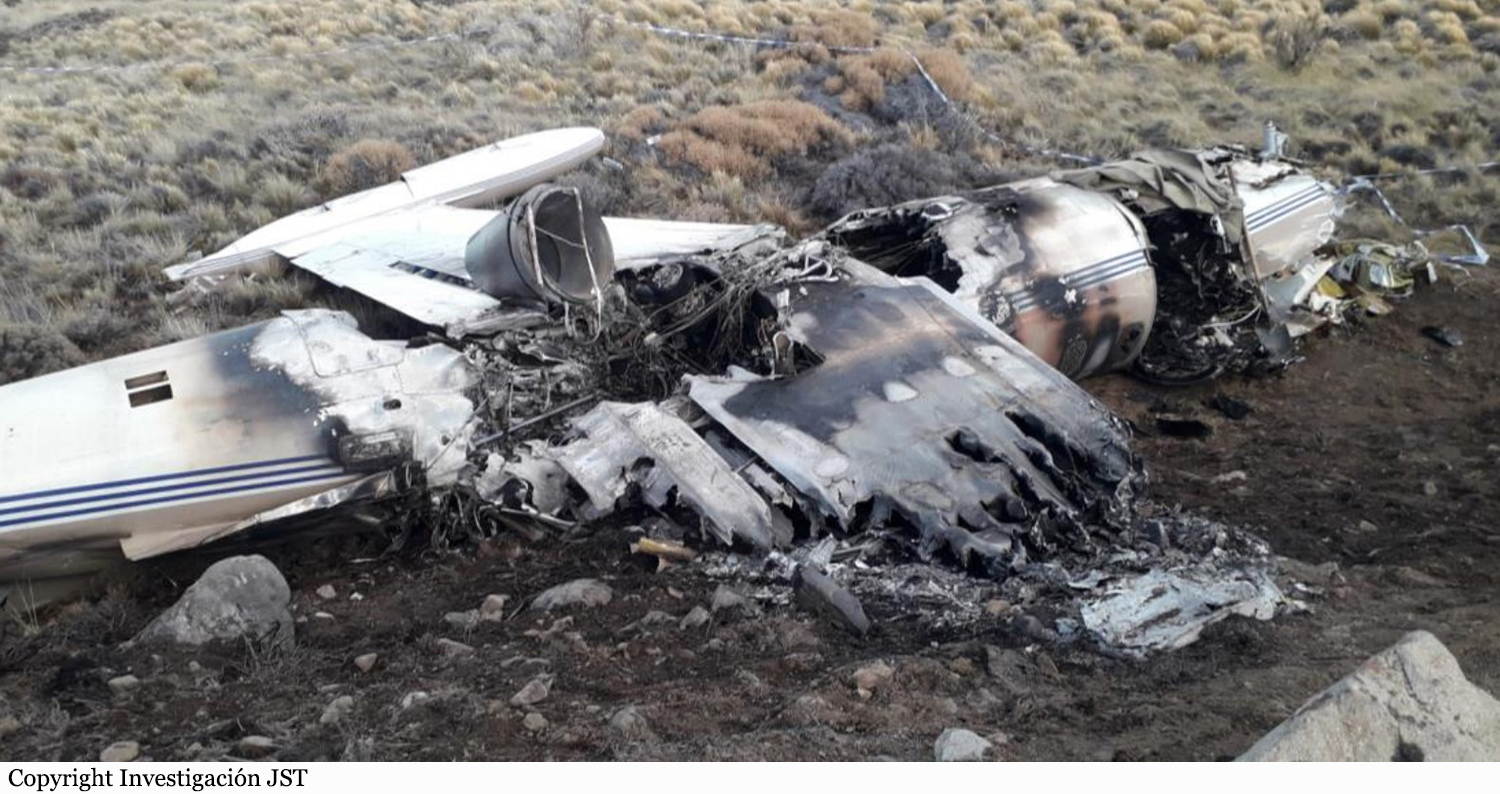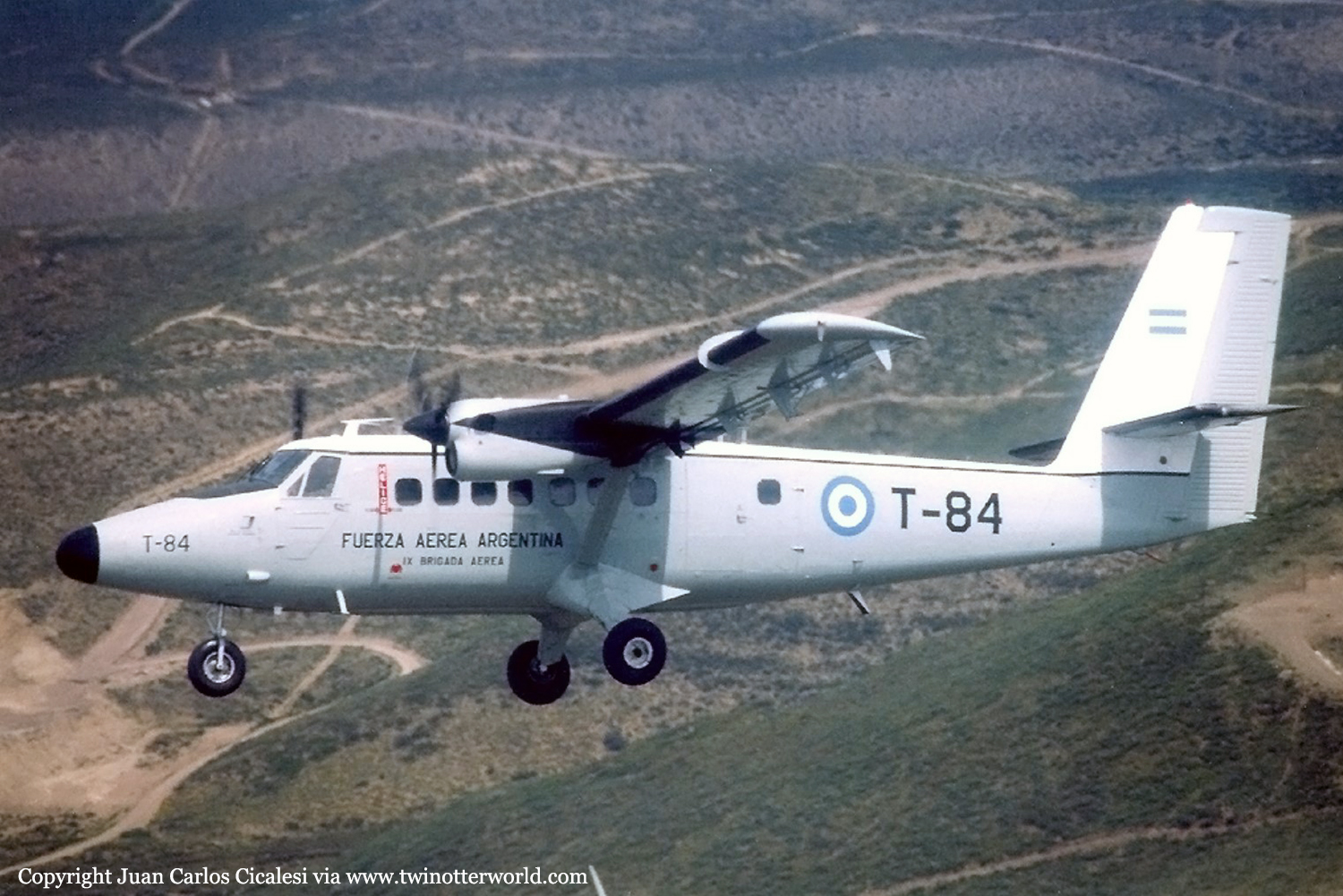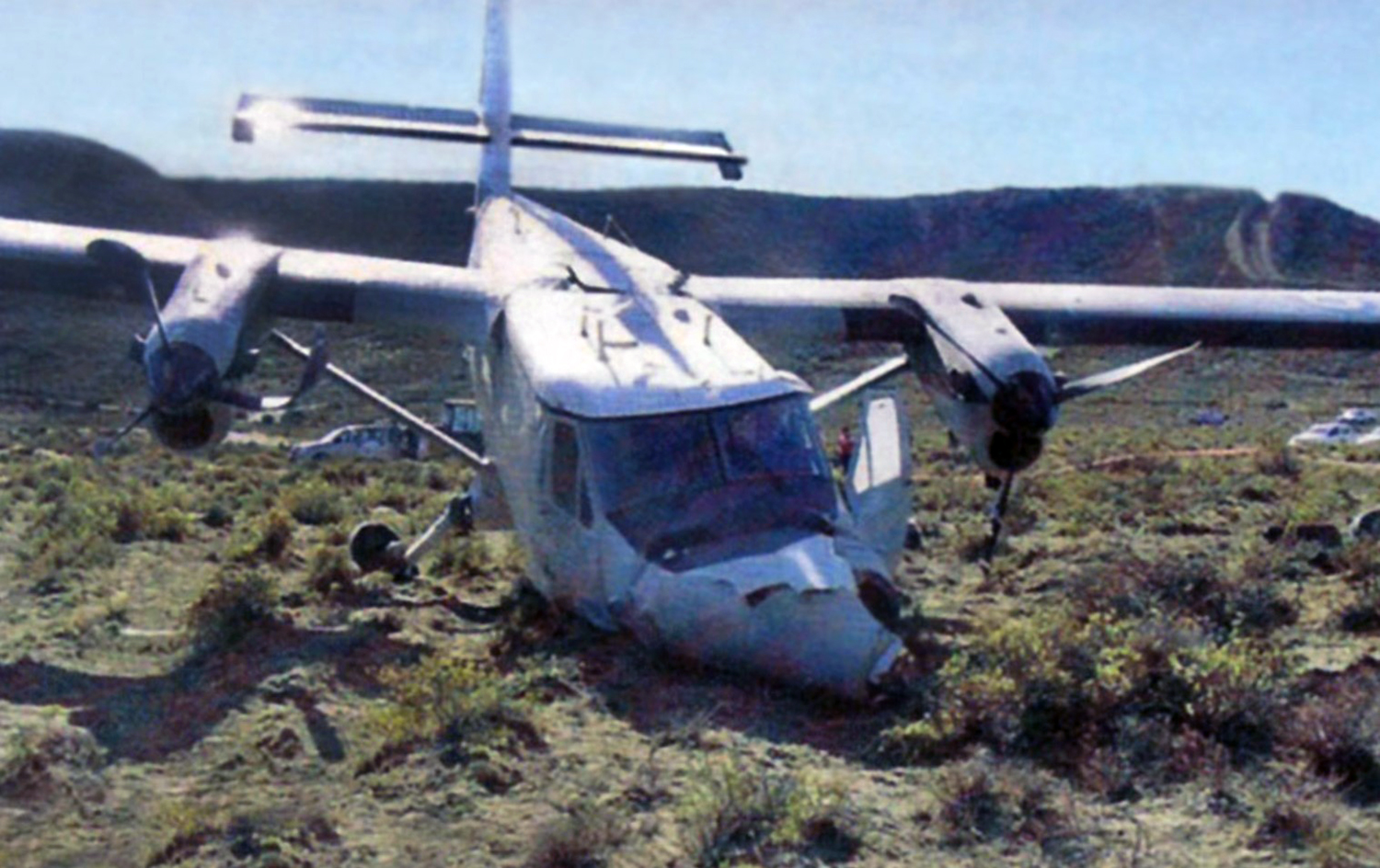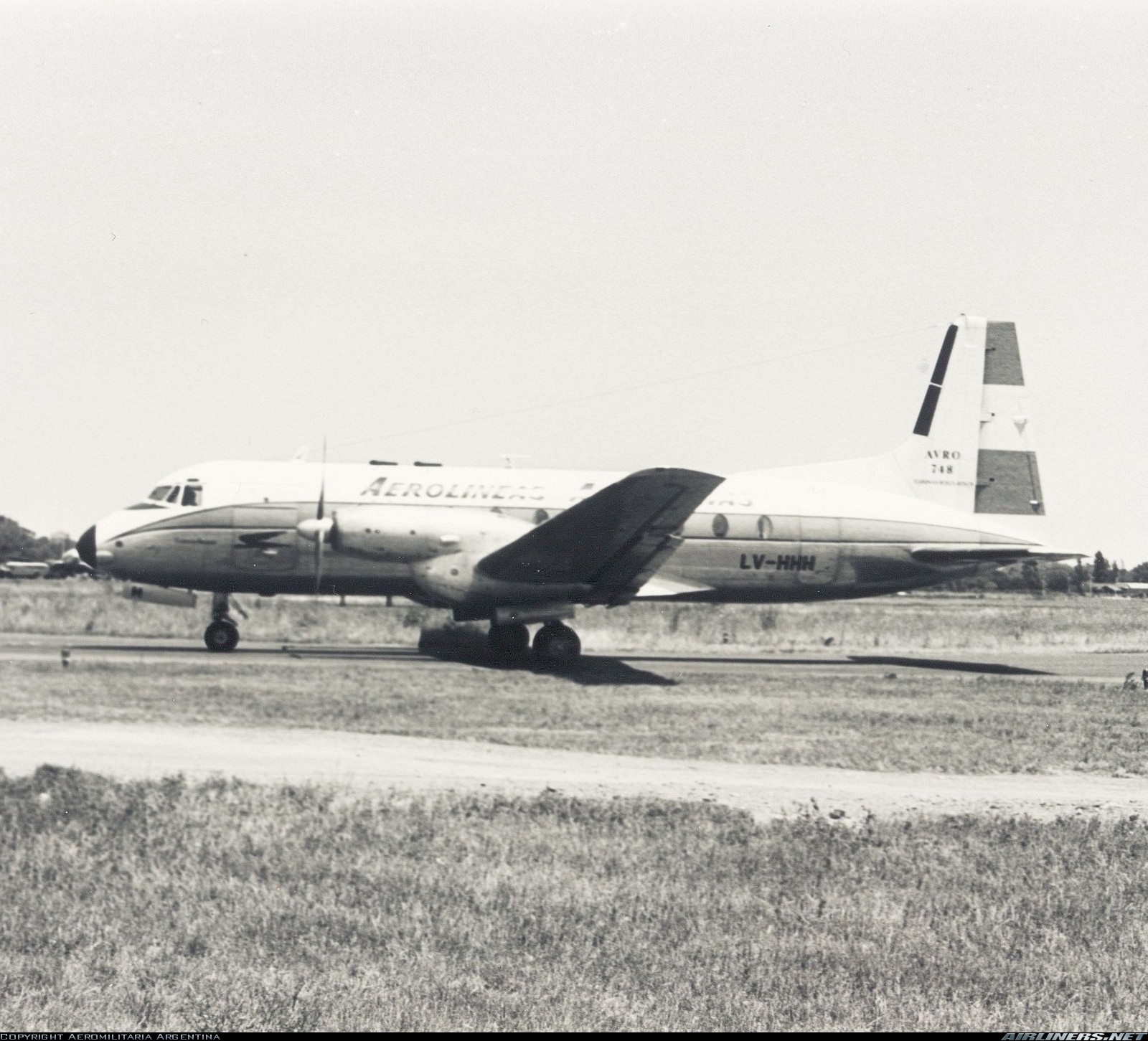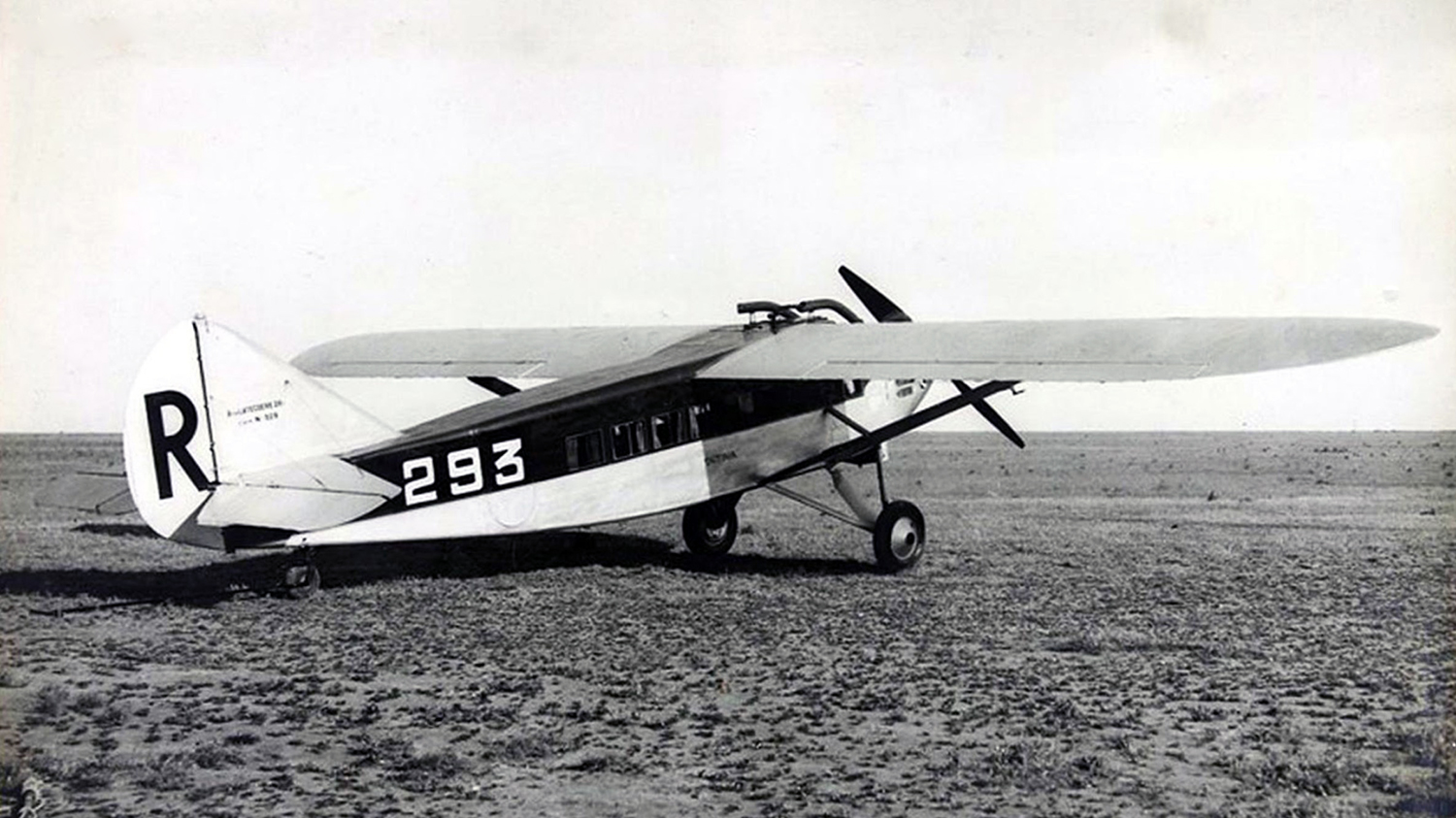Crash of a Learjet 35A in Esquel: 3 killed
Date & Time:
May 5, 2020 at 2238 LT
Registration:
LV-BXU
Survivors:
Yes
Schedule:
San Fernando – Esquel
MSN:
35-462
YOM:
1982
Crew on board:
2
Crew fatalities:
Pax on board:
2
Pax fatalities:
Other fatalities:
Total fatalities:
3
Aircraft flight hours:
11711
Aircraft flight cycles:
10473
Circumstances:
The airplane departed San Fernando Airport on an ambulance flight to Esquel, carrying a doctor, a nurse and two pilots. On approach to Esquel-Brigadier General Antonio Parodi Airport at night, the crew encountered poor visibility (200 metres) and the visual contact with the runway was lost intermittently. Nevertheless, the crew continued the approach and at decision height, the captain decided to continue the descent. After crossing Runway 23 threshold at a height of 78 feet, the pilot-in-command initiated a go-around procedure and turned to the left. The airplane continued in a left hand turn, causing the left wing tip fuel tank to struck the ground. Out of control, the airplane crashed on a small embankment located about 400 metres to the left of the runway centerline, coming to rest upside down and bursting into flames. Both passengers were killed and both pilots were seriously injured. Two days later, the copilot died from injuries sustained.
Probable cause:
It was determined that the accident was the consequence of a controlled flight into terrain (CFIT) and the airplane did not suffer any technical anomalies.
The following contributing factors were identified:
- The crew failed to check the approach charts according to SOP's,
- The approach was initiated and continued in conditions that were below weather minimums,
- Visibility data transmitted by Tower to the crew were inaccurate, leading to confusion on the part of the pilots and their decision-making,
- Both engines were at full power upon impact as the crew was initiating a go-around procedure.
The following contributing factors were identified:
- The crew failed to check the approach charts according to SOP's,
- The approach was initiated and continued in conditions that were below weather minimums,
- Visibility data transmitted by Tower to the crew were inaccurate, leading to confusion on the part of the pilots and their decision-making,
- Both engines were at full power upon impact as the crew was initiating a go-around procedure.
Final Report:
